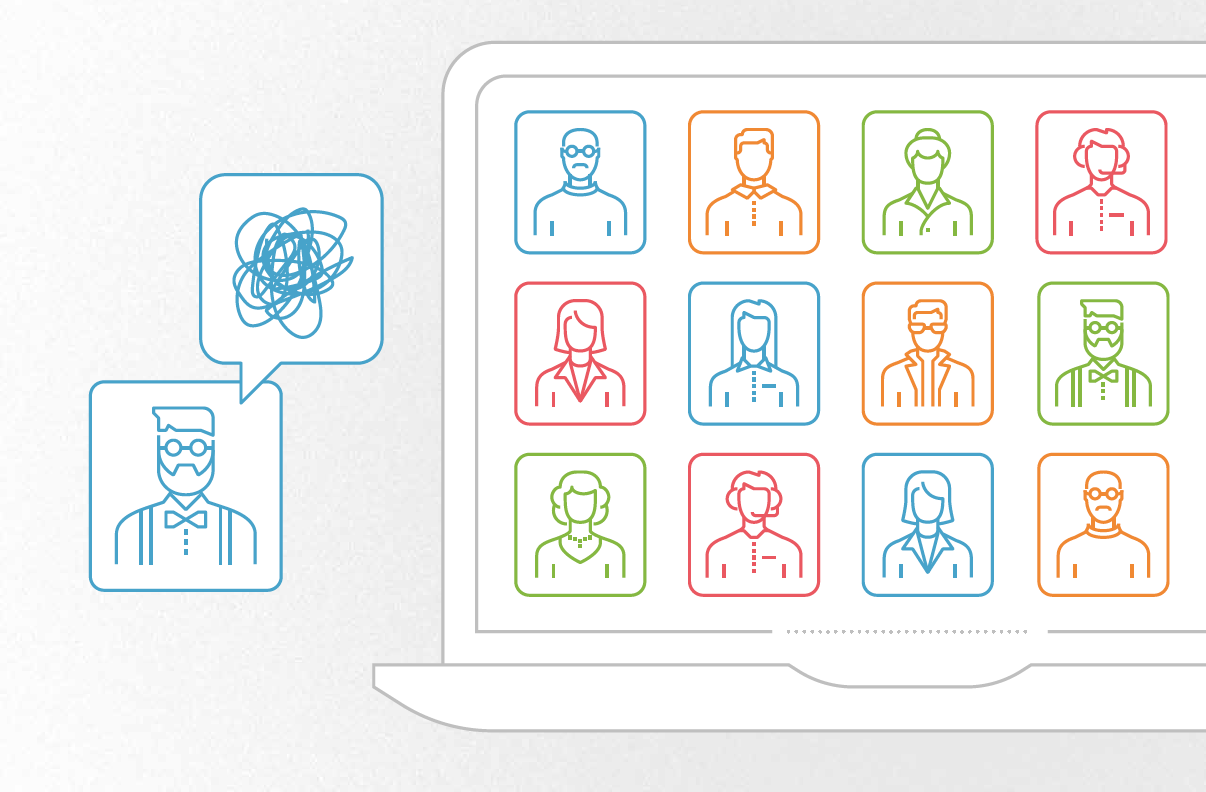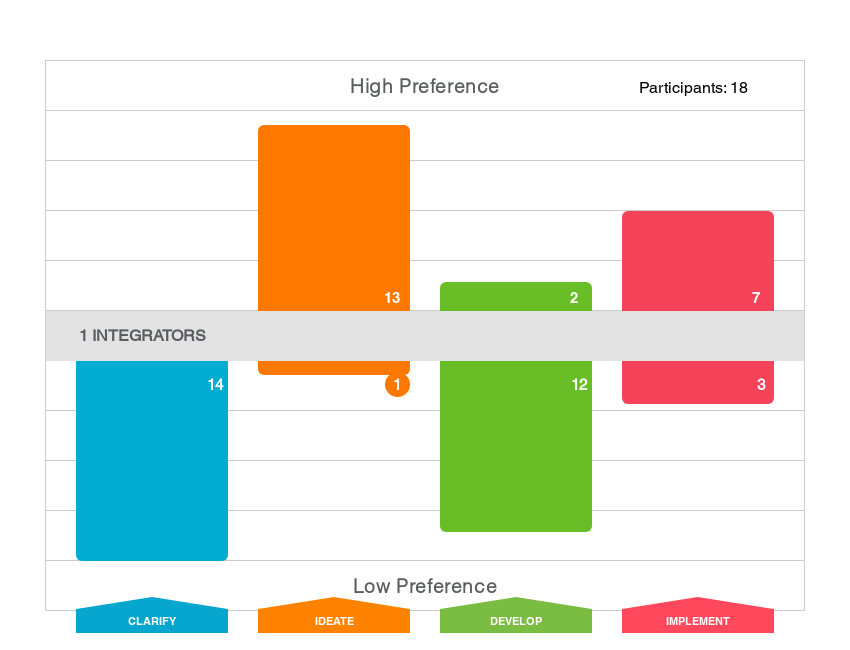Posted on January 31, 2023

When I was in grad school, everyone in my class took the FourSight Thinking Profile assessment.
The assessment helped us understand ourselves (and each other) through the lens of our problem-solving styles.
We took a lot of assessments that semester, but FourSight proved to be the most practical.
One afternoon, our professor gave us a challenge. He split the class into two teams. Half of our team was sent to the hall to read some instructions and wait, while the other half prepared a secret assignment.
My group was sent to the hall. There were about eight of us, a chatty bunch. We glanced over the directions, then lapsed into pleasant conversation. A few minutes later, I noticed the directions had fallen to the floor. I thought of FourSight and started to wonder.
“Does anyone here have a high preference to clarify?” I asked. No hands went up.
I knew from FourSight that low clarifiers tend to skim or skip directions. By contrast, high clarifiers read (and often reread) directions, just to be sure they didn’t miss any of the details.

On my graduate school team, as shown by our FourSight Group Profile, we had plenty of high Ideators but not one high Clarifier.
“Maybe we should read the directions again,” I suggested. “In fact, maybe we should read them aloud three times.” A few people raised their eyebrows, then shrugged. We had 15 minutes to kill and nothing else to do. Someone grabbed the directions and read them aloud three times through. On the third pass, another teammate said, “Hey, it doesn’t say that we have to wait in the hall.” “Are you sure?” we asked.
“Look!” he pointed. We read the directions carefully a fourth time. They didn't say anything about waiting outside the room. We marched back into the classroom, exchanged intel with our teammates, and won the game. We won because we read the directions.
I credit our win to FourSight. Left to our own devices, our team of low clarifiers would have left those directions on the floor. We never would have given them much energy, much less read them four times.
FourSight gave us the self-awareness to question our natural approach. Better still, FourSight gave us the process-awareness to anticipate where we'd drop the ball so we could make a strategic course correction.
Sometimes, when teams first see their FourSight group profile, they point to the lowest preference and say, “OMG, we have to hire someone to fill this gap!” But do they? Sure, it’s great to have diverse thinkers on a team, but most teams can't just install a new member.
The moral of this story is that you don’t need to change your teammates to think more effectively. You just need to change your thinking.
Equipped with both self-awareness and process-awareness, teams can think above and beyond their natural thinking preferences. They can clarify, ideate, develop, and implement effectively. And win.
Sarah is managing partner at FourSight and the award-winning author of Good Team, Bad Team, The Secret of the Highly Creative Thinker, Creativity Unbound, and Facilitation: A Door to Creative Leadership. Her work helps teams and leaders think creatively, work collaboratively and perform at their best.
Contact us today to learn more about our offer and how FourSight can help your teams work better together.
If you'd like to learn more about FourSight before scheduling a call, click below to learn about our platform and the science behind FourSight.